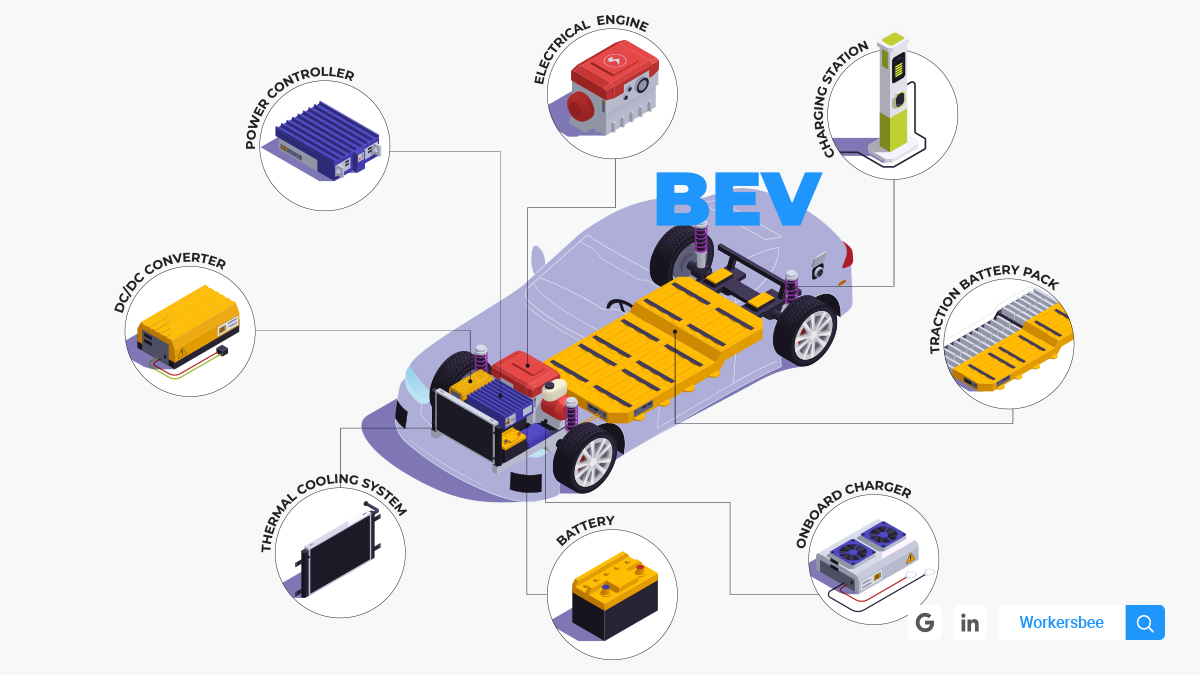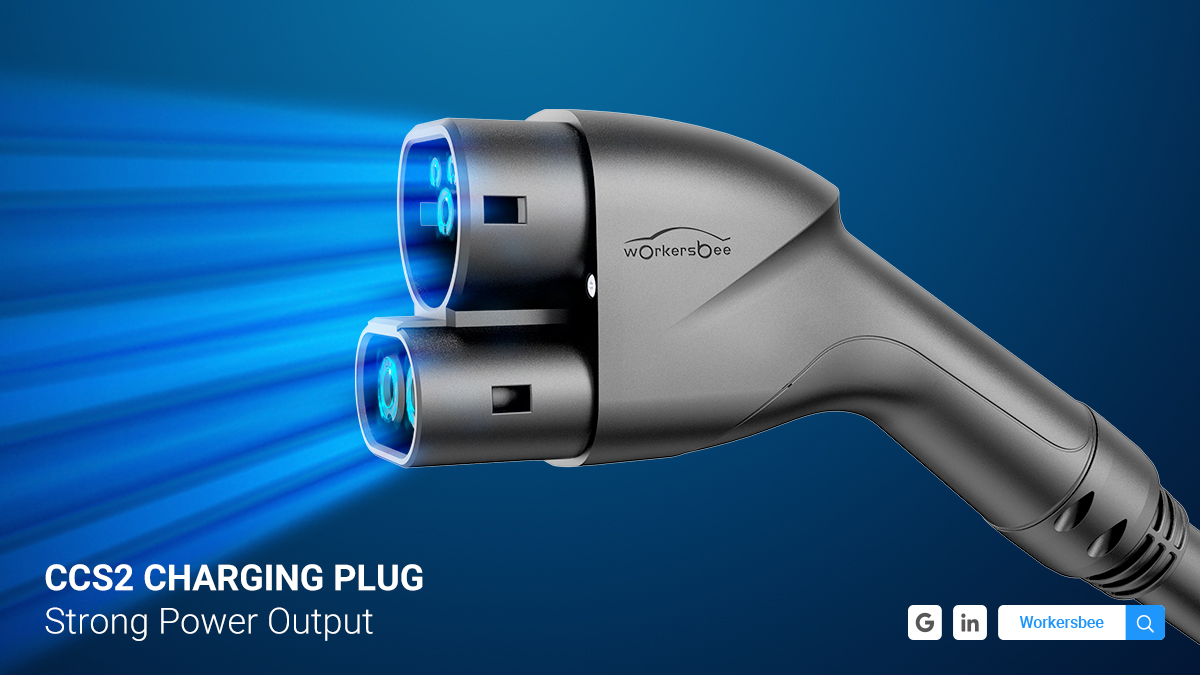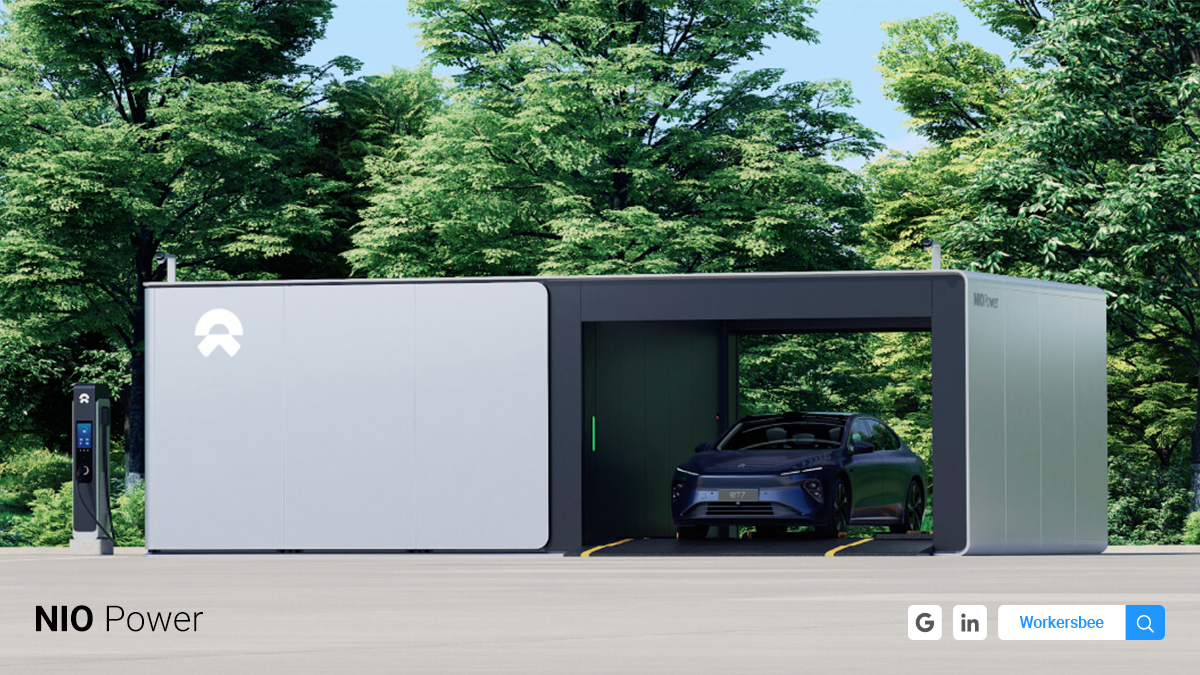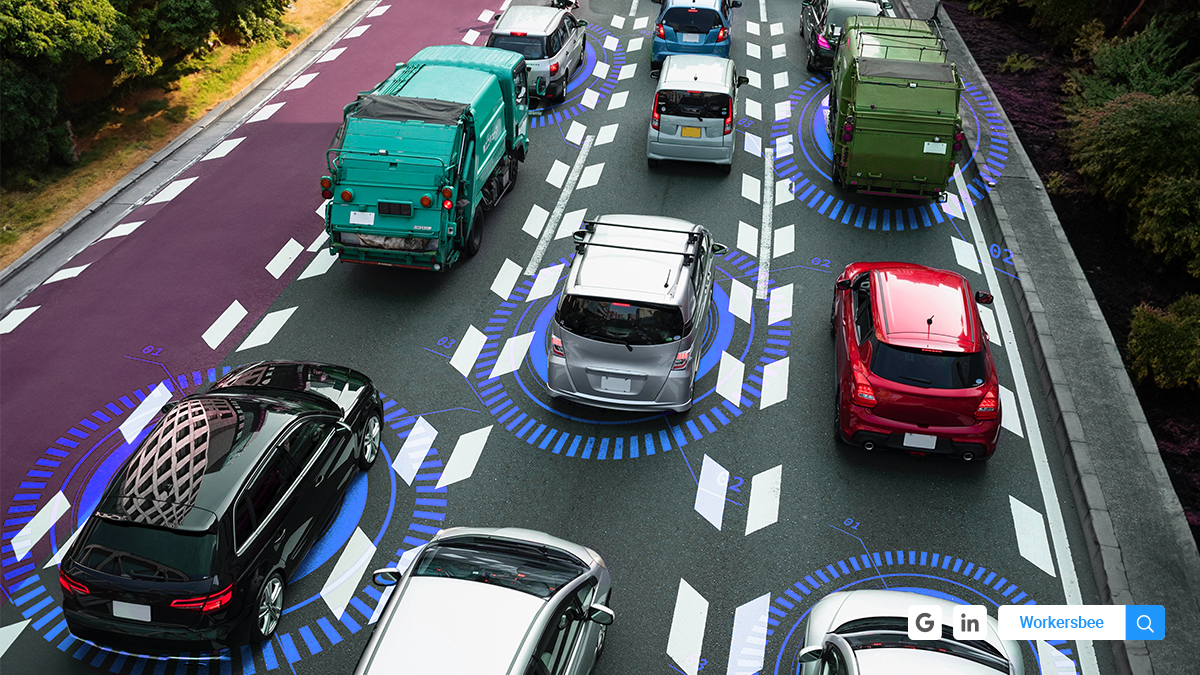Electric vehicle sales are climbing year by year, as we’ve come to expect, although they are still far from meeting climate goals. But we can still optimistically believe in this data prediction – by 2030, the number of EVs worldwide is expected to exceed 125 million. The report found that of the companies surveyed globally that are not yet considering using BEVs, 33% cited the number of public charging points as a major barrier to achieving this goal. Charging electric vehicles is always a major concern.
EV charging has evolved from the super inefficient LEVEL 1 chargers to the LEVEL 2 chargers now common in residences, which gives us more freedom and confidence when driving. People are beginning to have higher expectations for EV charging – higher current, greater power, and faster and more stable charging. In this article, we will explore the development and advancement of EV fast charging together.
Where Are the Limits?
First of all, we need to understand the fact that the realization of fast charging does not only rely on the charger. The engineering design of the vehicle itself needs to be taken into consideration, and the capacity and energy density of the power battery are equally important. Therefore, charging technology is also subject to the development of battery technology, including battery pack balancing technology, and the problem of breaking through the electroplating attenuation of lithium batteries caused by fast charging. This may require innovative progress in the entire power supply system of electric vehicles, battery pack design, battery cells, and even battery molecular materials.
Secondly, the vehicle’s BMS system and the charger’s charging system need to cooperate to constantly monitor and control the temperature of the battery and charger, the charging voltage, current, and the car’s SOC. Ensure that the high current can be input into the power battery safely, stably, and efficiently so that the equipment can operate safely and reliably without excessive heat loss.
It can be seen that the development of fast charging not only requires the development of charging infrastructure but also requires innovative breakthroughs in battery technology and the support of power grid transmission and distribution technology. It also poses a huge challenge to heat dissipation technology.
More Power, More Current: Large DC Fast Charging Network
Today’s public DC fast charging uses high voltage and high current, and the European and American markets are accelerating the deployment of 350kw charging networks. This is a huge opportunity and challenge for charging equipment manufacturers around the world. It requires the charging equipment to be able to dissipate heat while transmitting power and to ensure that the charging pile can operate safely and reliably. As we all know, there is a positive exponential relationship between current transmission and heat generation, so this is a great test of the manufacturer’s technical reserves and innovation capabilities.
The DC fast charging network needs to provide multiple safety protection mechanisms, which can intelligently manage the car batteries and chargers during the charging process to ensure the safety of the battery and equipment.
In addition, due to the usage scenario of public chargers, the charging plugs need to be waterproof, dustproof, and highly weather-resistant.
As an international charging equipment manufacturer with more than 16 years of R&D and production experience, Workersbee has been exploring the development trends and technological breakthroughs of electric vehicle charging technology with industry-leading partners for many years. Our rich production experience and strong R&D strength enabled us to launch a new generation of CCS2 liquid-cooling charging plugs this year.
It adopts an integrated structure design, and the liquid cooling medium can be oil cooling or water cooling. The electronic pump drives the coolant to flow in the charging plug and takes away the heat generated by the thermal effect of the current so that small cross-sectional area cables can carry large currents and effectively control the temperature rise. Since the launch of the product, the market feedback has been excellent and it has been unanimously praised by well-known charging equipment manufacturers. We are also still actively collecting customer feedback, constantly optimizing product performance, and striving to inject more vitality into the market.
At present, Tesla’s Superchargers have the absolute say in the DC fast charging network in the EV charging market. The new generation of V4 Superchargers are currently limited to 250kW but will demonstrate higher burst speeds as power is increased to 350kW – capable of adding 115 miles in just five minutes.
Report data published by the transportation departments of many countries show that greenhouse gas emissions from the transportation sector account for about 1/4 of the country’s total greenhouse gas emissions. This includes not only light passenger cars but also heavy-duty trucks. Decarbonizing the trucking industry is even more important and challenging for climate improvement. For the charging of electric heavy-duty trucks, the industry has proposed a megawatt-level charging system. Kempower has announced the launch of ultra-fast DC charging equipment of up to 1.2 MW and plans to put it into use in the UK in the first quarter of 2024.
The U.S. DOE has previously proposed the XFC standard for extreme-fast charging, calling it a key challenge that must be overcome to achieve widespread adoption of electric vehicles. It is a complete set of systematic technologies including batteries, vehicles, and charging equipment. Charging can be completed in 15 minutes or less so that it can compete with the refueling time of an ICE.
Swap,Charged:Power Swap Station
In addition to accelerating the construction of charging stations, “swap and go” power swap stations have also got a lot of attention in the rapid energy replenishment system. After all, it only takes a few minutes to complete the battery swap, run with a full battery, and recharge faster than a fuel vehicle. This is very exciting, and will naturally attract many companies to invest in.
The NIO Power Swap service, launched by automaker NIO can automatically replace a fully charged battery in 3 minutes. Every replacement will automatically check the battery and power system to keep the vehicle and battery in the best condition.
This sounds quite tempting, and it seems that we can already see the seamless between low-batteries and fully-charged batteries in the future. But the fact is that there are too many EV manufacturers on the market, and most manufacturers have different battery specifications and performance. Due to factors such as market competition and technical barriers, it is difficult for us to unify the batteries of all or even most brands of EVs so that their sizes, specifications, performance, etc. are completely consistent and can be switched between each other. This has also become the biggest constraint on the economicalization of power swap stations.
On the Road: Wireless Charging
Similar to the development path of mobile phone charging technology, wireless charging is also a development direction of electric vehicles. It mainly uses electromagnetic induction and magnetic resonance to transmit power, convert the power into a magnetic field, and then receive and store the power through the vehicle receiving device. Its charging speed will not be too fast, but it can be charged while driving, which can be regarded as alleviating range anxiety.
Electreon recently officially opened electrified roads in Michigan, USA, and will be extensively tested in early 2024. It allows electric cars driving or parked along roads to charge their batteries without being plugged in, initially a quarter-mile long and will be extended to a mile. The development of this technology has also greatly activated the mobile ecosystem, but it requires extremely high infrastructure construction and a huge amount of engineering work.
More Challenges
When more EVs flood in, more charging networks are established, and more current needs to be output, which means there will be stronger load pressure on the power grid. Whether it is energy, power generation, or power transmission and distribution, we will face great challenges.
Firstly, from a global macro perspective, the development of energy storage is still a major trend. At the same time, it is also necessary to accelerate the technical implementation and layout of the V2X so that energy can circulate efficiently in all links.
Secondly, use artificial intelligence and big data technology to establish smart grids and improve the reliability of the grid. Analyze and effectively manage the charging demand of electric vehicles and guide to charging by periods. Not only can it reduce the risk of impact on the grid, but it can also reduce the electricity bills of car owners.
Thirdly, although policy pressure works in theory, how it is implemented is more important. The White House had previously claimed to invest $7.5B in the construction of charging stations, but there has been almost no progress. The reason is that it is difficult to match the subsidy requirements in the policy with the performance of the facilities, and the contractor’s profit drive is far from being activated.
Finally, major automakers are working on high-voltage super-fast charging. On the one hand, they will use 800V high-voltage technology, and on the other hand, they will significantly upgrade battery technology and cooling technology to achieve super-fast charging of 10-15 minutes. The entire industry will face huge challenges.
Different fast-charging technologies are suitable for different occasions and needs, and each charging method also has obvious shortcomings. Three-phase chargers for fast charging at home, DC fast charging for high-speed corridors, wireless charging for driving state, and power swap stations for quickly swapping batteries. As electric vehicle technology continues to develop, fast-charging technology will continue to improve and advance. When the 800V platform becomes popular, charging equipment above 400kw will abound, and our anxiety about the range of electric vehicles will gradually be eliminated by these reliable devices. Workersbee is willing to work with all industry partners to create a green future!
Post time: Dec-19-2023





